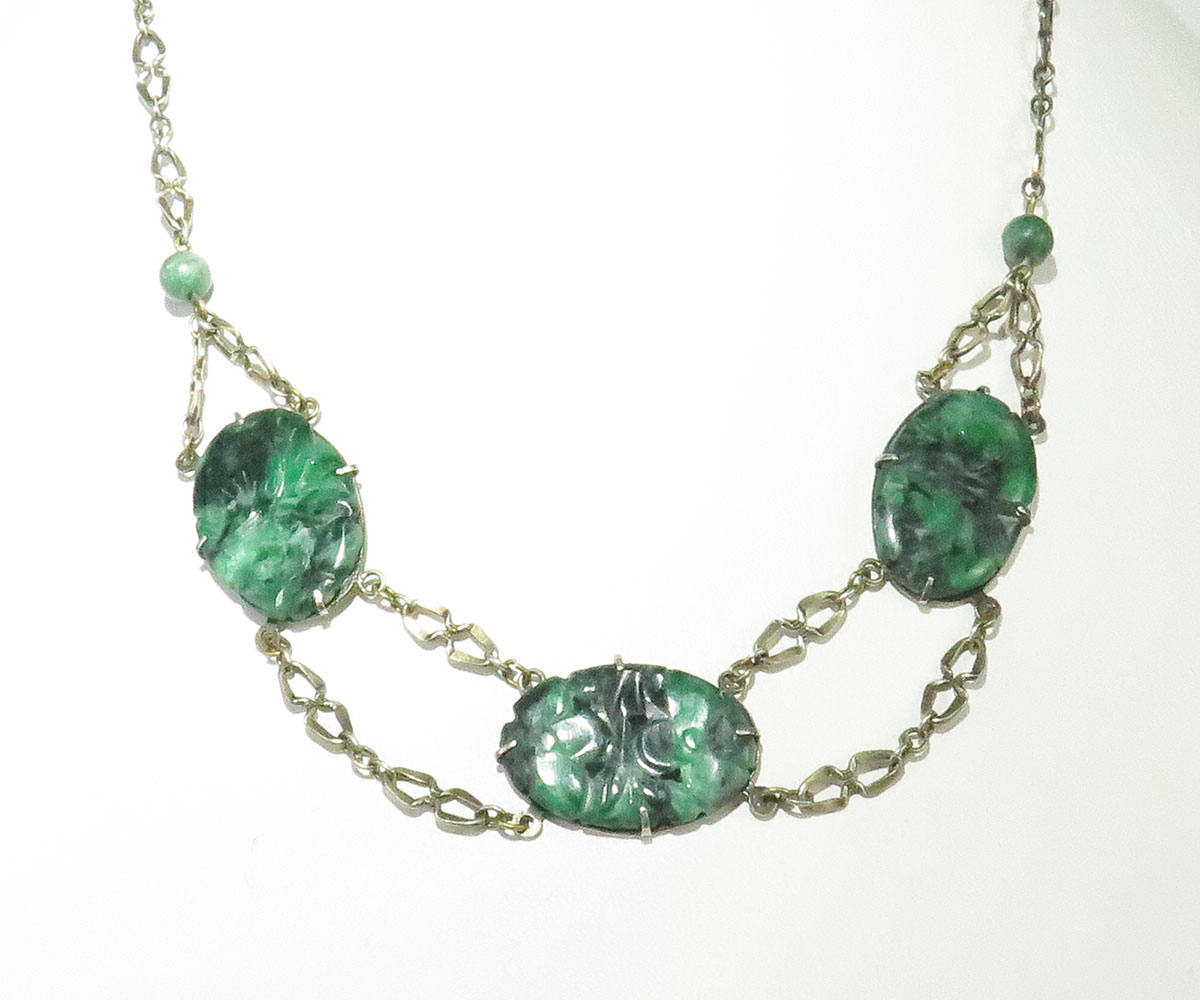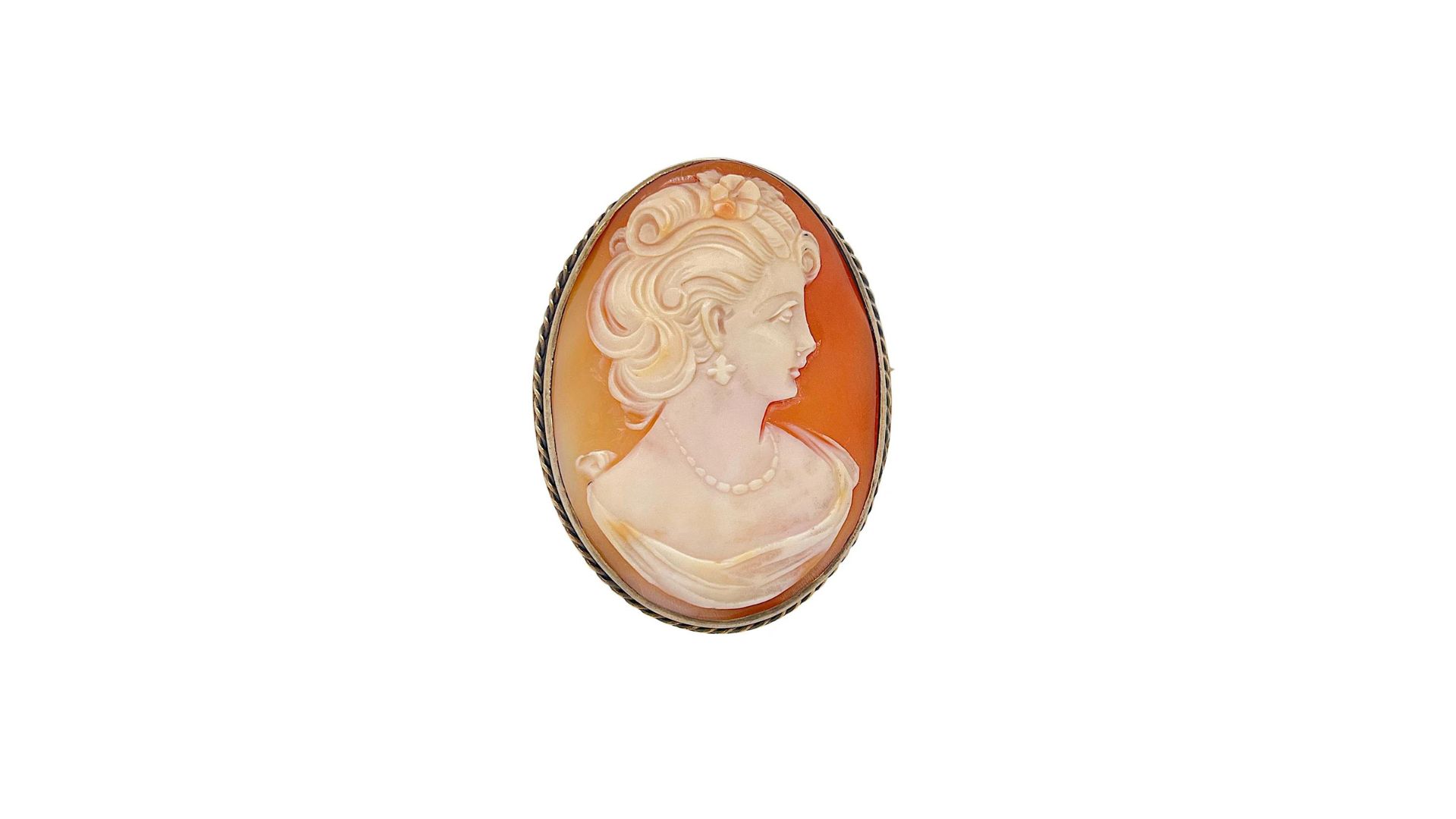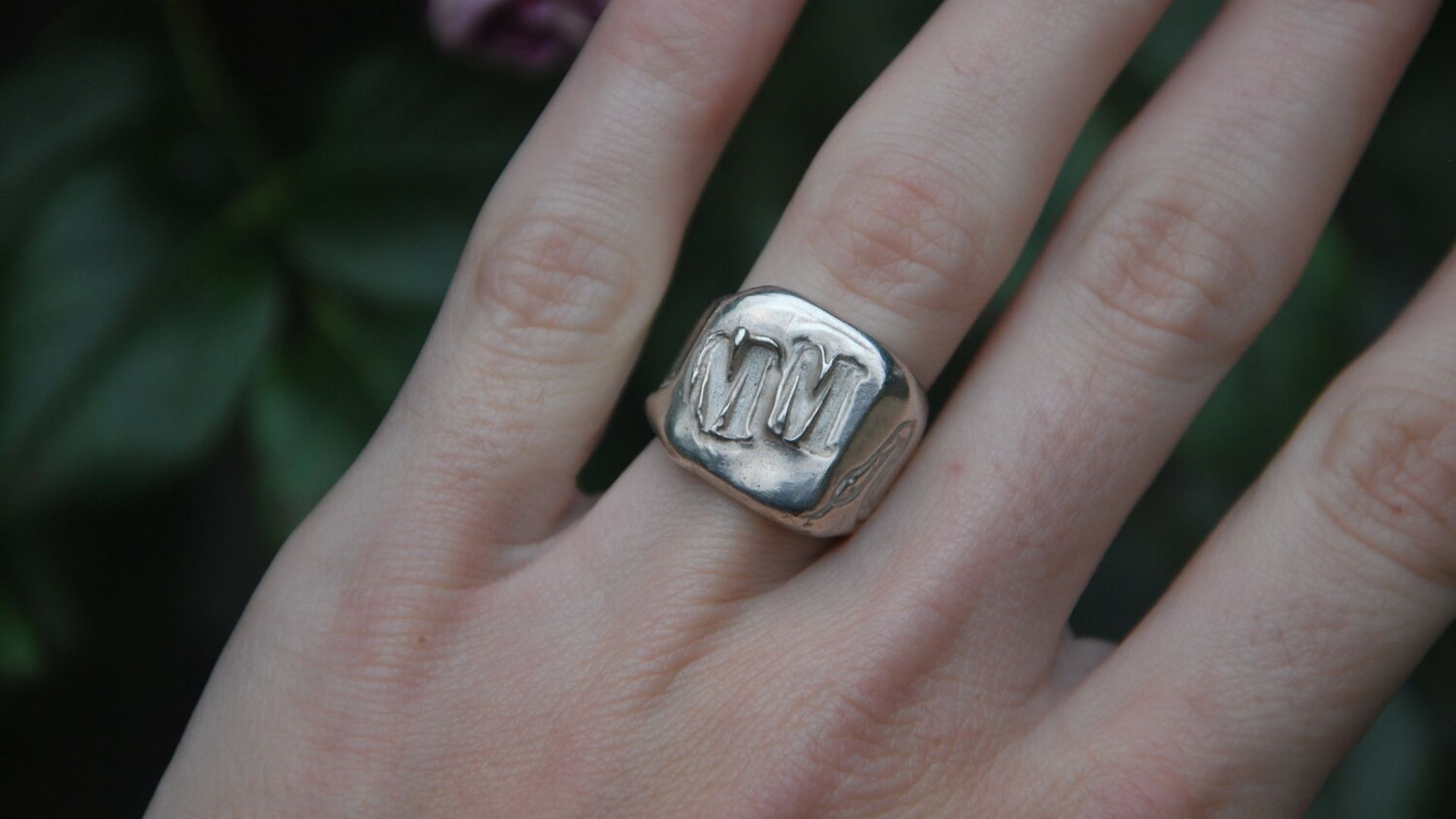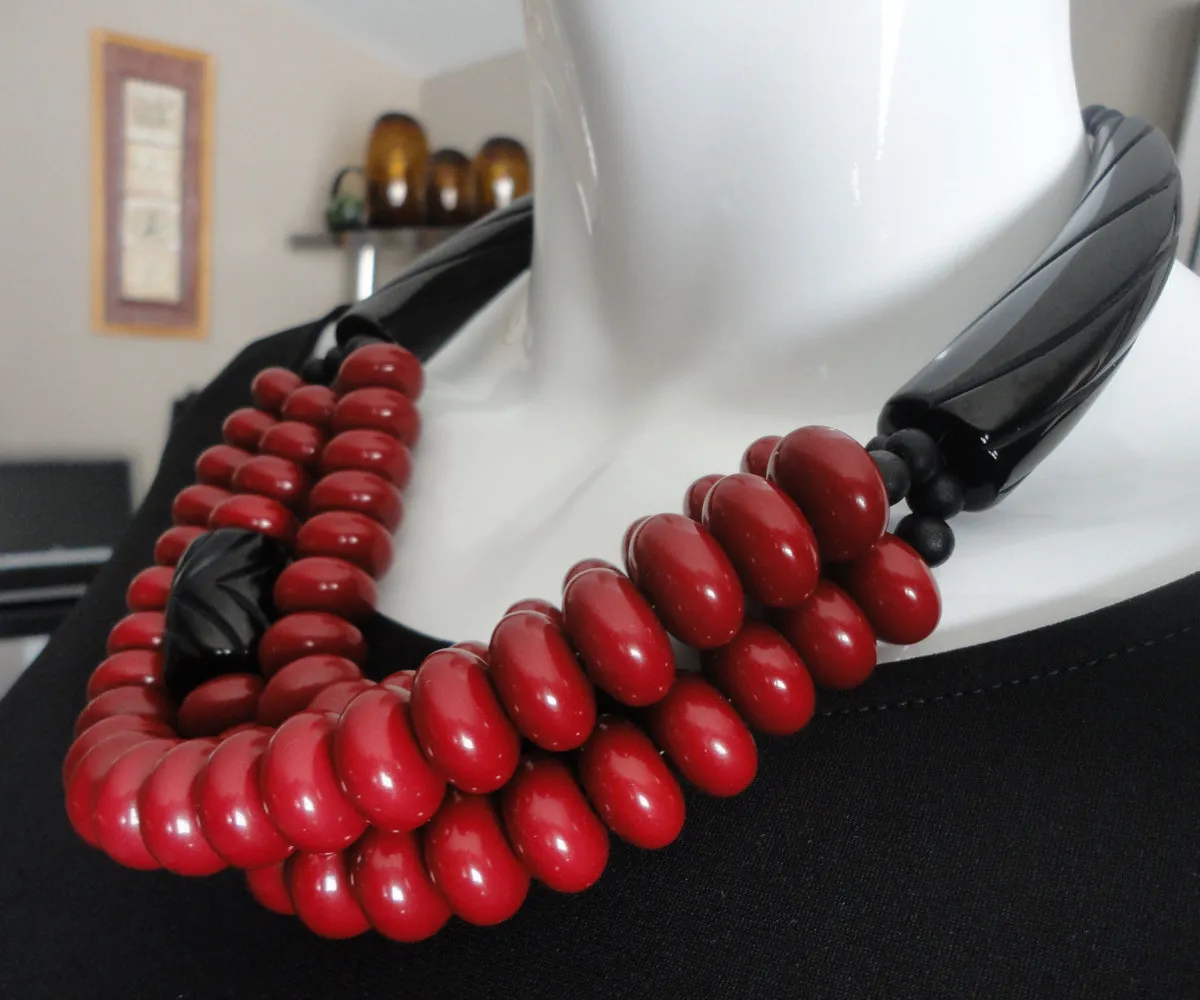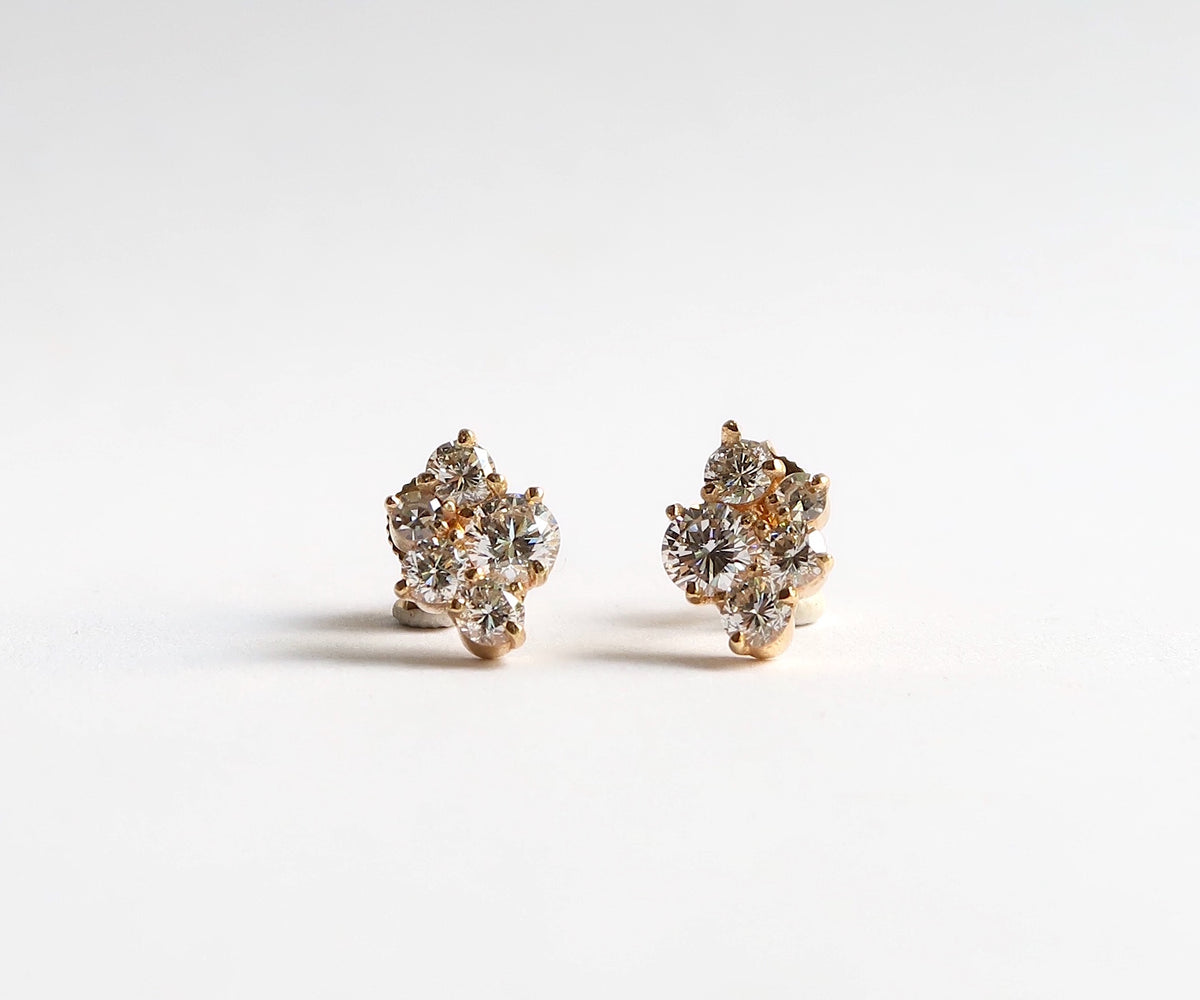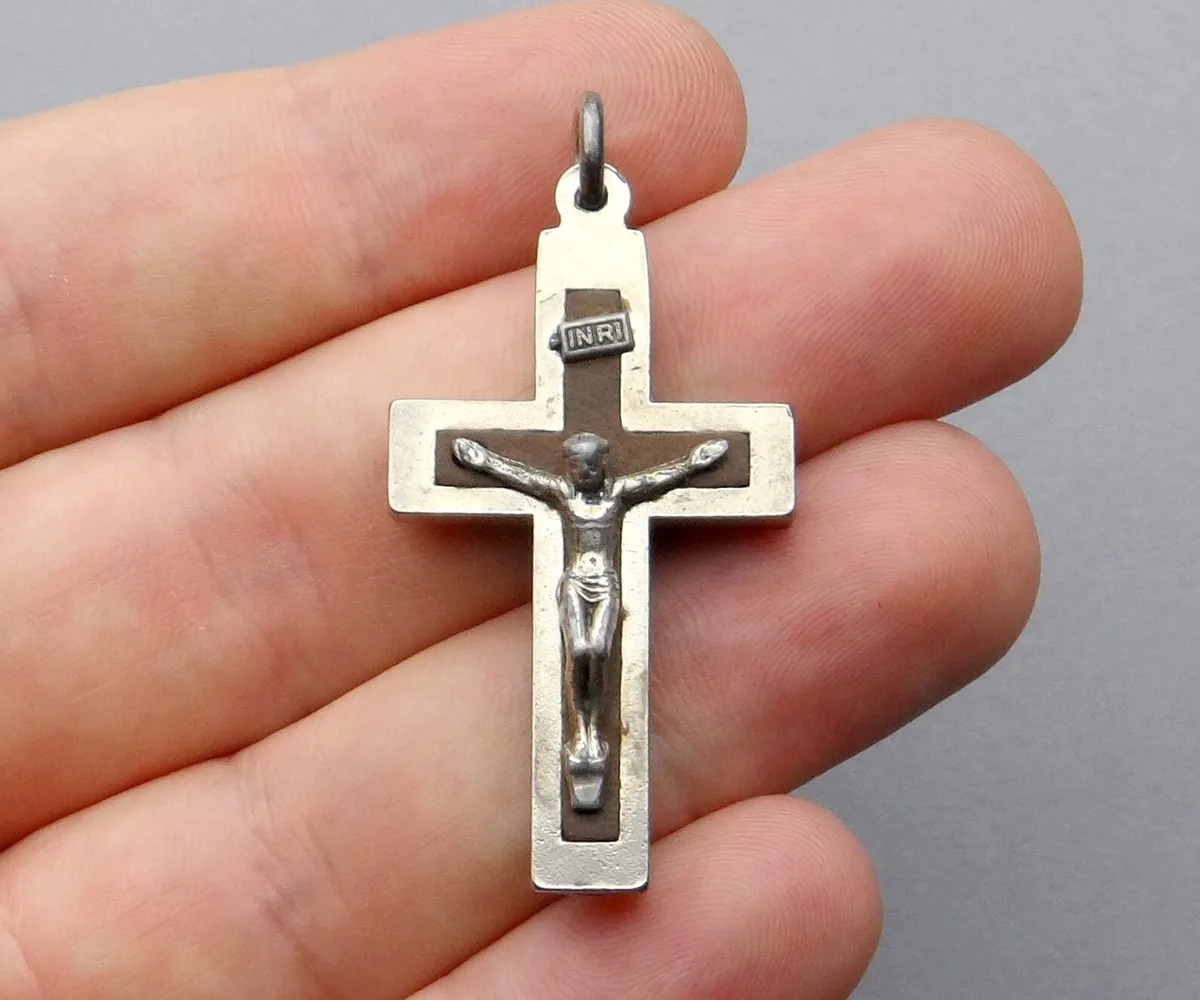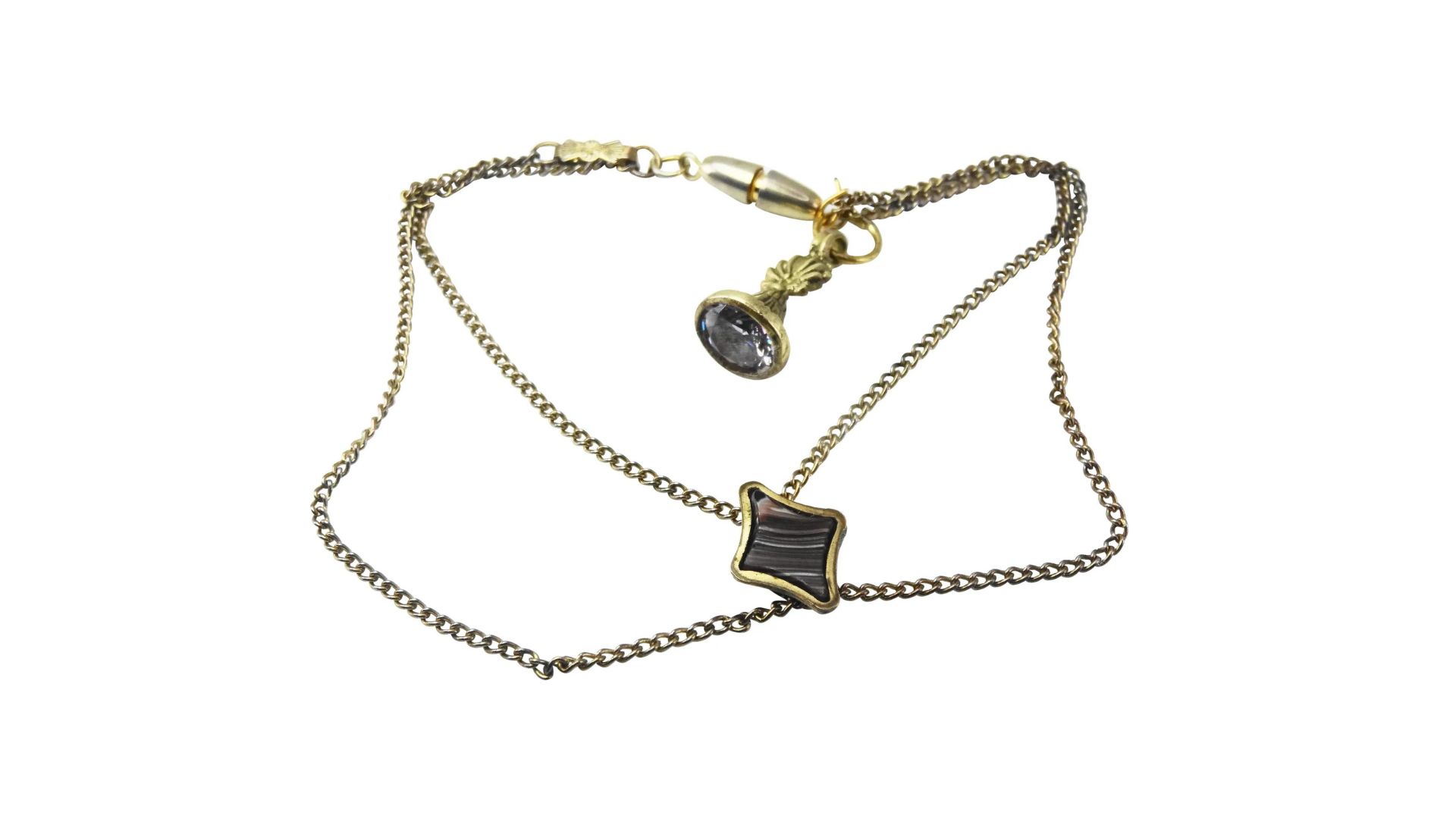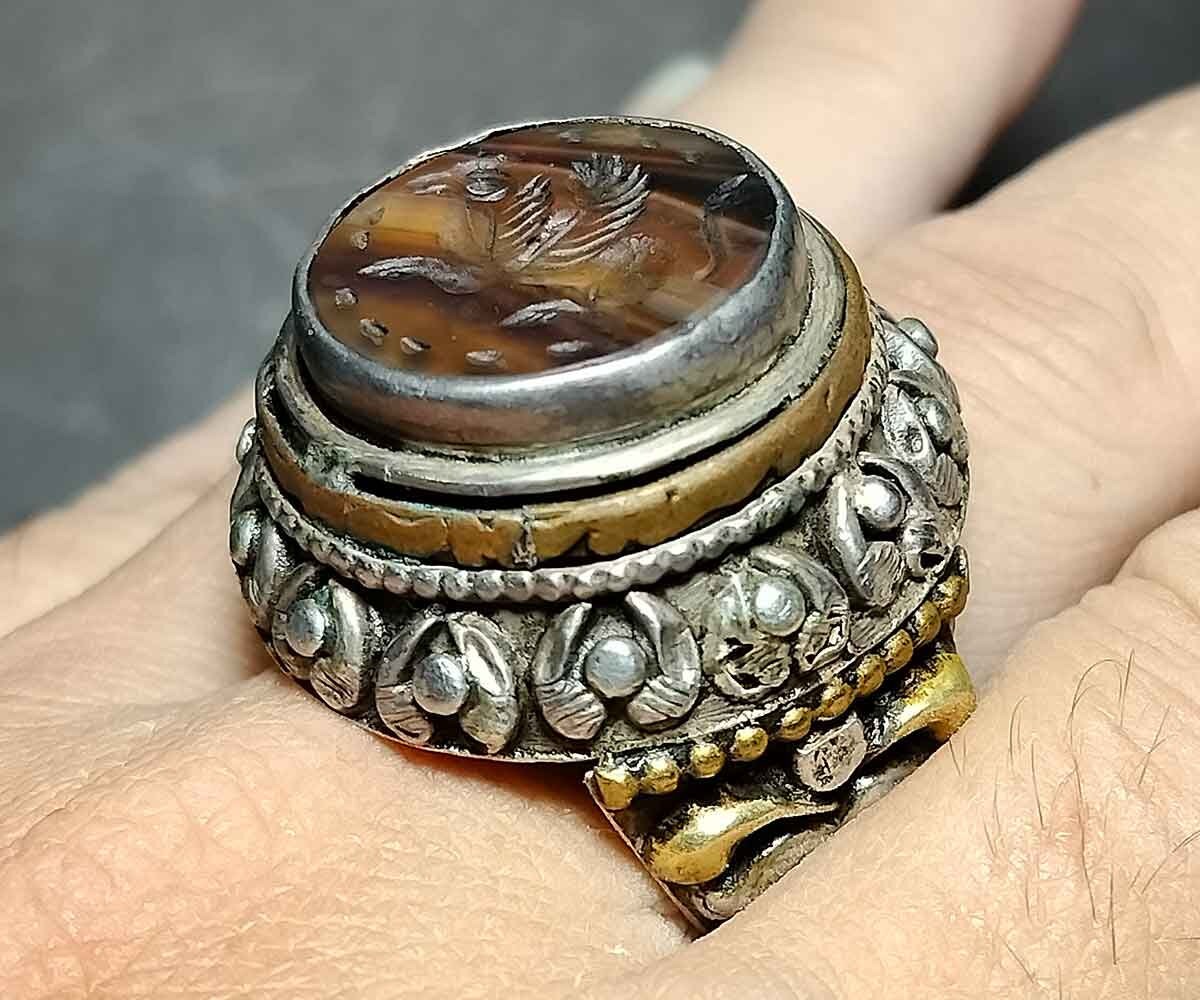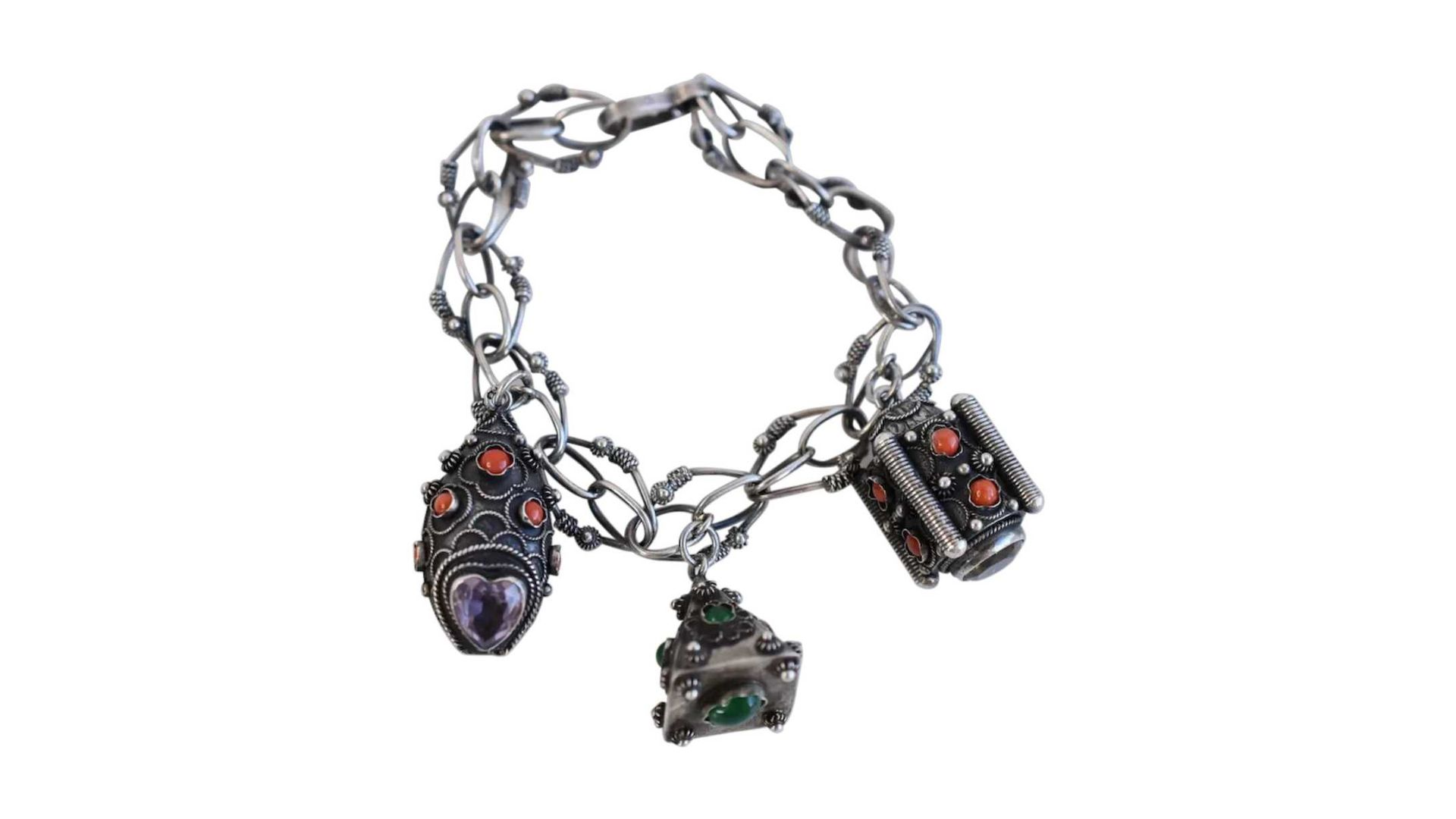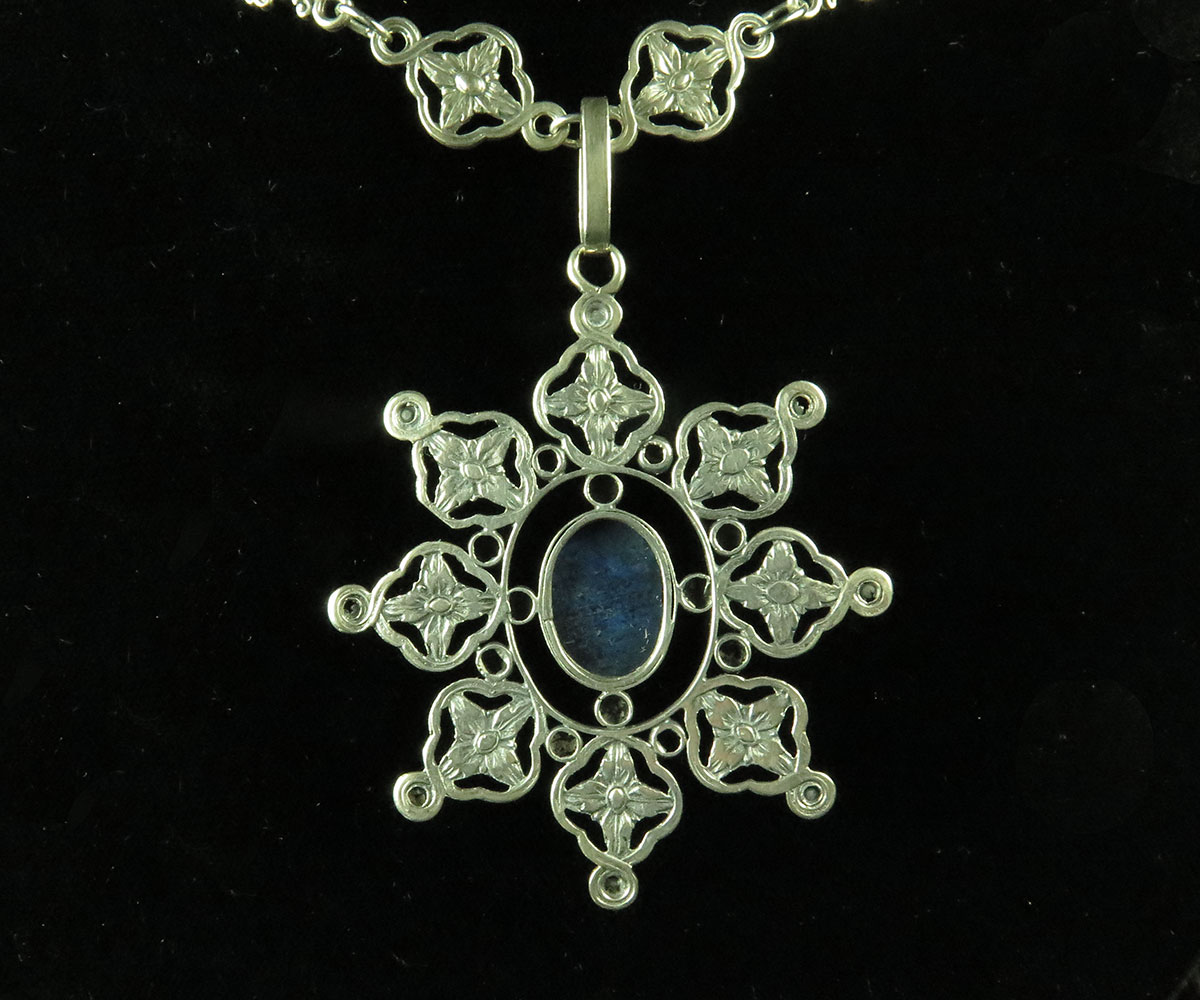
The Renaissance era, roughly from the 14th to the 17th century, was a time of profound cultural and artistic transformation in Europe. This period saw a revival of interest in ancient Greece and Rome's classical art, literature, and philosophy, leading to a flourishing creativity and innovation.
One of the many facets of this Renaissance rebirth was the world of jewelrydesign and craftsmanship. Renaissance vintagejewelryis a testament to this era's exquisite craftsmanship, intricate designs, and rich symbolism.
With a blend of religious, mythological, and natural motifs, these pieces adorned the wearer and served as expressions of personal, social, and spiritual significance. In this journey through Renaissance vintage jewelry, we will explore these timeless treasures' abundant beauty and historical importance, shedding light on the cultural, artistic, and societal influences that shaped them.
What Is Renaissance Jewelry?
The numerous wearable ornamental items created during the Renaissance era, which lasted from the 14th through the 17th century, are collectively referred to as Renaissance jewelry. In the Renaissance, jewelry was regarded as a fine art, and its owners placed a high value on it for reasons other than to flaunt their wealth.
Although royals would have access to their court jeweler who could create fantastic custom jewelrypieces to fit their demands, jewelry during this era was not only reserved for the highest classes of society. In addition, both ladies and men frequently wore jewelry. However, the sorts of jewelry worn varied according to gender. For example, men and women wore engagement rings, but while women wore theirs on their fingers, males wore the ringon a chainas a pendant.
The standard necklaces, earrings, bracelets, and rings we wear now were worn throughout the Renaissance, but other styles were famous, such as head decorations and hat pins. Some women also adorned their dress bodices with jewelry.
Who Made Renaissance Jewelry?
Renaissance jewelers were highly competent craftspeople, yet they all had diverse areas of expertise. Lapidaries expertly shaped gems for jewelry, while goldsmiths developed innovative methods for ornamental settings and elaborate goldpatterns.
The metal settings for jewelry were crafted in various ways, such as filigree design and enamel design, all of which called for skill and patience by the goldsmith or jeweler. The table cut, a straightforward rectangular form, was trendy among lapidaries and can be seen in several Renaissance rings and pendants.
The most intricate jewelry items were typically made with many gemstonesand fine goldwork; therefore, these skill sets were required. The creation of these exquisite pieces of jewelry needed highly skilled labor and ongoing teamwork during the Renaissance. As a result of its enduring influence, Renaissance Revival jewelry became commonplace during the Victorian era.
The Beauty Of Renaissance Jewelry
Renaissance jewelry is renowned for its unparalleled beauty, merging artistry, craftsmanship, and symbolism into exquisite wearable treasures. The allure of Renaissance jewelry lies in several captivating aspects:
Renaissance - A New Beginning
In Europe, the Renaissance was between the 14th and 17th centuries. Renaissance was regarded as the cultural connection between the Middle Ages and modern history. Renaissance was a period of many changes at the end of the Middle Ages.
It included social, political, and economic reconstruction and intellectual regeneration of Western Europe with a solid philosophical and scientific emphasis. These changes paved the way for later achievements, such as the literary and artistic movement of the Italian Renaissance in the 15th century and the scientific developments of the 17th century.
Italian Renaissance Jewelry
Once more thriving, Italian Renaissance jewelry developed an expressive style that may be compared to figurative artworks. The majority of the most well-known Renaissance painters, including Sandro Botticelli, Antonio and Piero Pollaiuolo, Filippo Brunelleschi, Lorenzo Ghiberti, and Filippo Brunelleschi, served apprenticeships at the goldsmiths' businesses.
This resulted in a tight collaboration between goldsmiths and painters/sculptors, which likely explains the superb representation of jewels in Renaissance portraiture. Many jewelry items have been passed down to current times in both public and private collections because of their intricate craft, which was considerably higher than the inherent worth of their materials.
Paintings from this era that depict the jewelry worn by both men and women provide extensive proof of the caliber of their craftsmanship. It is evident from portraits by Botticelli and Piero di Cosimo that the intricate adornment of women's hair with priceless materials had developed into a distinct art form.
Goldsmiths and artisans had to coordinate each line of the intricate decorative motifs with the movement of braided hair and free strands as early as the second half of the 15th century. In all of Europe, the usage of jewelry increased during the Renaissance era.
Famous Renaissance Vintage Jewelry Pieces
The majority of Renaissance jewelry was stunning and set with vibrant jewels. Designs that were loud, assertive, and bold were the standard. Certainly! Here is a list of some of the top Renaissance vintage jewelry pieces:
Cameo Vintage Brooches
Cameo brooches were highly popular during the Renaissance. They featured intricately carved gemstones, often with portraits, mythological scenes, or religious motifs. The most common materials used for cameos were agate, sardonyx, and coral. These brooches served as both fashion accessories and status symbols. The detailed craftsmanship showcased the skills of the artisans of the time.
Memento Mori Rings
Memento Mori rings were designed with a reminder of mortality in mind. They typically featured skull and crossbones motifs, hourglasses, or other symbols of death and the passage of time. These rings were made from various materials, including gold and silver. These rings were a constant reminder of the transience of life, encouraging wearers to live virtuously and make the most of their time on Earth.
Renaissance Necklaces
Renaissance necklaces were often elaborate and showcased gemstones, pearls, and intricate metalwork. Many featured pendantswith religious or mythological themes. Both men and women wore these necklaces to display wealth and social status. They also carried religious or personal significance.
Pendant Earrings
Renaissance earrings often featured intricate pendants with gemstones, pearls, and small enameled details. They were typically designed as drops or chandeliers. Earrings were an essential part of Renaissance fashion, and they added elegance and refinement to the wearer's appearance.
Religious Reliquaries
Religious reliquaries were ornate containers designed to hold and display the relics of saints. They were made from precious metals and adorned with gemstones and intricate detailing. These objects were not just jewelry but also critical religious artifacts. They were often displayed in churches and were considered sacred.
Chatelaines Vintage Chains
Chatelaines were decorative chains worn at the waist with various attachments, such as keys, scissors, and sewing tools. They were often made of gold or silver. Chatelaines were practical as well as fashionable. They represented the responsibilities and skills of the wearer, usually women, in managing the household.
Intaglio Rings
Intaglio rings feature gemstones with engraved designs or inscriptions. These rings were often used as signet ringsto seal documents or letters. Intaglio rings were highly personalized and could bear family crests, monograms, or symbols of significance to the wearer.
Renaissance vintage jewelry reflects the artistic and aesthetic sensibilities of the time and the Renaissance era's social, religious, and cultural values. Each piece tells a story and serves as a window into the past, making them highly prized by collectors and enthusiasts today.
Crosses Of Faith - Religious Symbolism In Renaissance Jewelry
During the Renaissance, the influence of the Catholic Church permeated every aspect of life, including fashion and jewelry. Cross pendants were among the most prevalent and symbolic pieces of Renaissance jewelry.
These crosses served not only as expressions of faith but also as powerful symbols of spirituality. Crafted with meticulous detail, they often featured scenes from the crucifixion or religious inscriptions. Wearing a cross pendant was akin to wearing one's faith on display, publicly affirming allegiance to the Church and its teachings.
Beyond their religious significance, these crosses were believed to offer protection and divine guidance to the wearer. Many Renaissance individuals wore them as amulets, believing their sacred presence could ward off evil spirits and bring blessings. Crosses were also popular gifts for special occasions like baptisms, confirmations, and weddings, symbolizing the spiritual journey and commitment to living a virtuous life.
In Renaissance society, where religious devotion was integral, these crosses were not just jewelry pieces but tangible expressions of one's relationship with God and the Church, making them treasured heirlooms and significant symbols of faith.
Styles And Techniques In Renaissance Vintage Jewelry
Renaissance vintage jewelry is renowned for its intricate craftsmanship and distinctive styles. Here are some of the prominent styles and designs associated with Renaissance jewelry:
Filigree Work
Filigree is a delicate metalworking technique that twists and curls fine metal wires into intricate patterns and designs. These patterns are often open and lacy, giving the jewelry a sense of lightness and elegance. Filigree work was widely used in Renaissance jewelry, creating detailed, airy designs that showcased the jeweler's skill. It allowed for the incorporation of intricate motifs and shapes.
Enameling
Enameling involves the application of colored glass or powdered glass onto metal surfaces, which is then fired to create a durable and vibrant finish. Renaissance jewelers used various enameling techniques, including champlevé and cloisonné. Enamel added vibrant colors and intricate detailing to jewelry, allowing for the creation of complex designs, religious motifs, and vivid symbolism.
Repoussé And Chasing
Repoussé is a metalworking technique where intricate designs are hammered or pressed into the metal from the reverse side to create three-dimensional relief. Chasing involves refining the design from the front. Repoussé and chasing were used to create depth and texture in jewelry, making raised patterns that caught the light and began captivating visual effects.
Cameo Carving
Cameos are relief carvings typically made from gemstones, such as agate, sardonyx, or shell. Renaissance cameos often depicted portraits, mythological scenes, or religious motifs. Cameos were highly prized for their artistic value and often carried personal or symbolic meaning. They showcased the skill of the carver and became treasured family heirlooms.
Millefiori Glass
Millefiori, which means "a thousand flowers" in Italian, is a glassworking technique that involves creating intricate patterns or images by fusing sections of colored glass rods. These patterns are then incorporated into jewelry. Millefiori glass added color and complexity to jewelry designs, often used in pendants, beads, and other ornaments.
Pietra Dura Inlay
Pietra Dura is an Italian technique where hard and semi-precious stones are intricately cut and inlaid into a stone surface, creating colorful and detailed mosaic-like designs. Pietra Dura's jewelry showcased the fusion of natural beauty and human artistry, resulting in stunning and durable compositions.
Granulation
Granulation is a technique where tiny metal beads or granules are fused onto a metal surface to create patterns and designs. It was often used in Etruscan and Renaissance jewelry. Granulation added texture and intricate detailing to jewelry, with tiny beads forming elegant patterns.
Symbolism And Iconography
Renaissance jewelry often incorporated symbolism, including religious icons, mythological figures, and heraldic symbols. These motifs carried cultural and personal significance. Symbolism allowed wearers to convey their beliefs, values, and affiliations through jewelry, making it more than just decorative adornments.
Renaissance vintage jewelry is a testament to the skill, artistry, and cultural context of the time, with each piece offering a window into the rich history and aesthetics of the Renaissance era.
FAQs
What Type Of Jewelry Did The Renaissance Wear?
Artists praised the aesthetics of the human form, and their jewelry complemented that form's beauty. The fashion of the time was characterized by an explosion of color, as brighter gemstones and enamel were used in necklaces, rings, and earrings. The color scheme used plenty of white, blue, green, and red.
How Was Renaissance Jewelry Made?
Goldsmiths of the Renaissance were innovative and skillful in creating gold and vermeil jewelry. They incorporated techniques to create perfect works, including casting, chasing, hammering, cold joining, soldering, and welding.
How Can You Tell If Vintage Jewelry Is Authentic?
Jewelry hallmarks are the post, band, or clasp markings that describe the item's metal content or country of manufacture. If the object lacks a hallmark, it is either too ancient to have one because they weren't used 100 years ago, or it is not composed of a valuable metal.
Why Were Pendants A Popular Form Of Renaissance Jewellery?
It replaced the Medieval brooch as the most common jewel and was worn on a necklace, long gold chain, fixed to the dress, or on a chain worn on the girdle. The pendants were often designed to be seen from both sides, with their enameled backs equally impressive as their jewel-encrusted fronts.
What Is Renaissance Revival Jewelry?
In the 19th century, jewelry was inspired by many things, including reviving Renaissance items and those documented in publications on jewelry creation.
Conclusion
Renaissance vintage jewelry is a testament to the brilliance of an era that celebrated art, culture, and craftsmanship—with techniques like filigree, enameling, cameo carving, and more. The artists of the Renaissance transformed precious metals and gemstones into intricate masterpieces.
These jewelry pieces not only adorned their wearers with elegance but also carried profound symbolism, reflecting the values and beliefs of the time. As we continue to admire and cherish these timeless treasures today, we are reminded of the enduring allure of Renaissance vintage jewelry and the legacy of the Renaissance era, where creativity and artistry knew no bounds.
